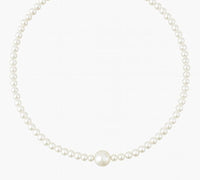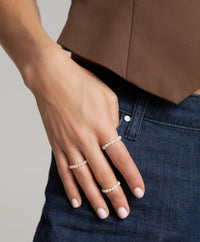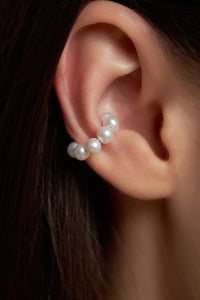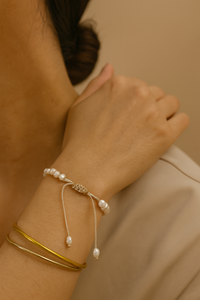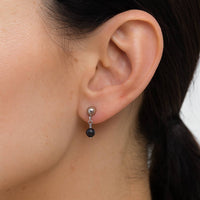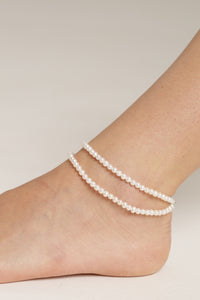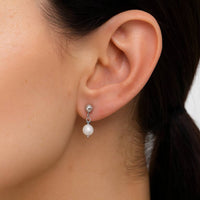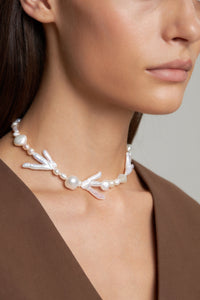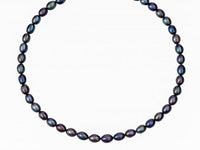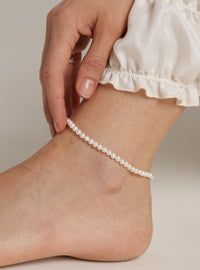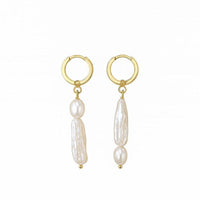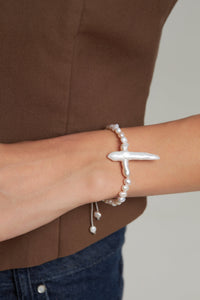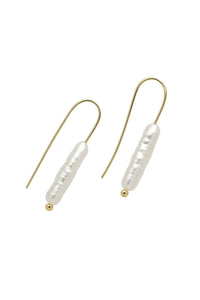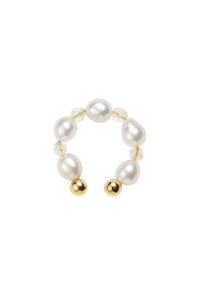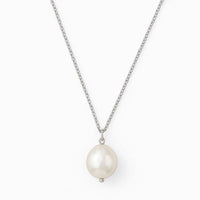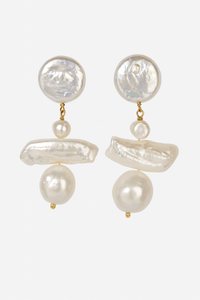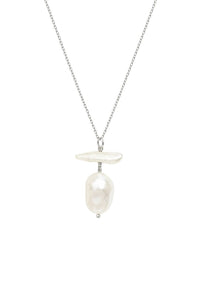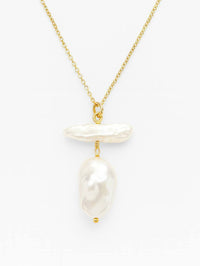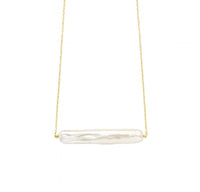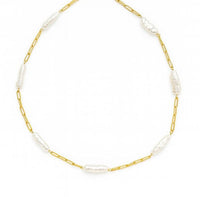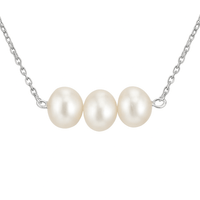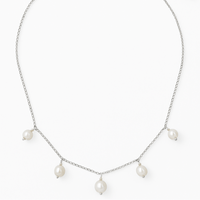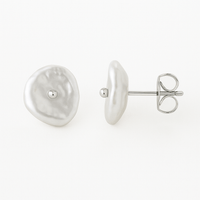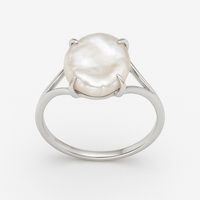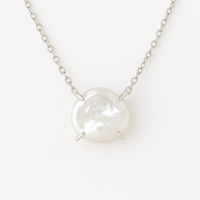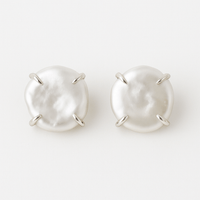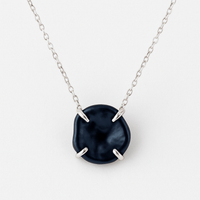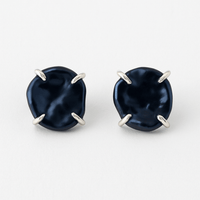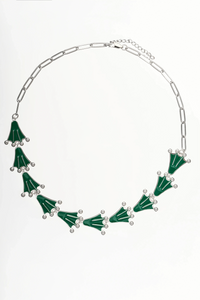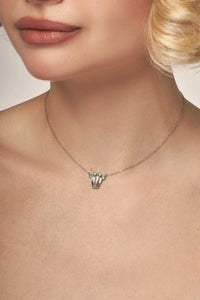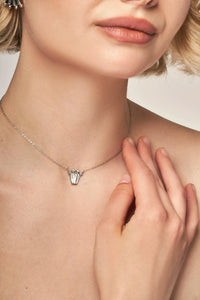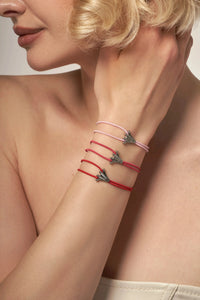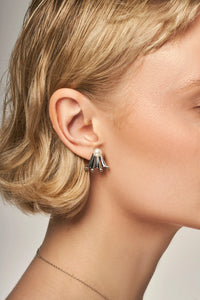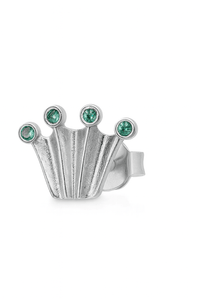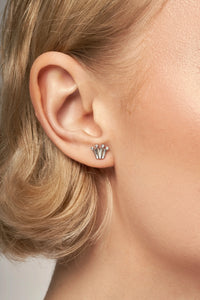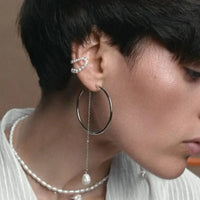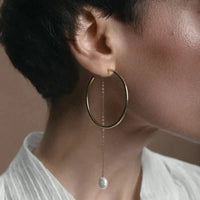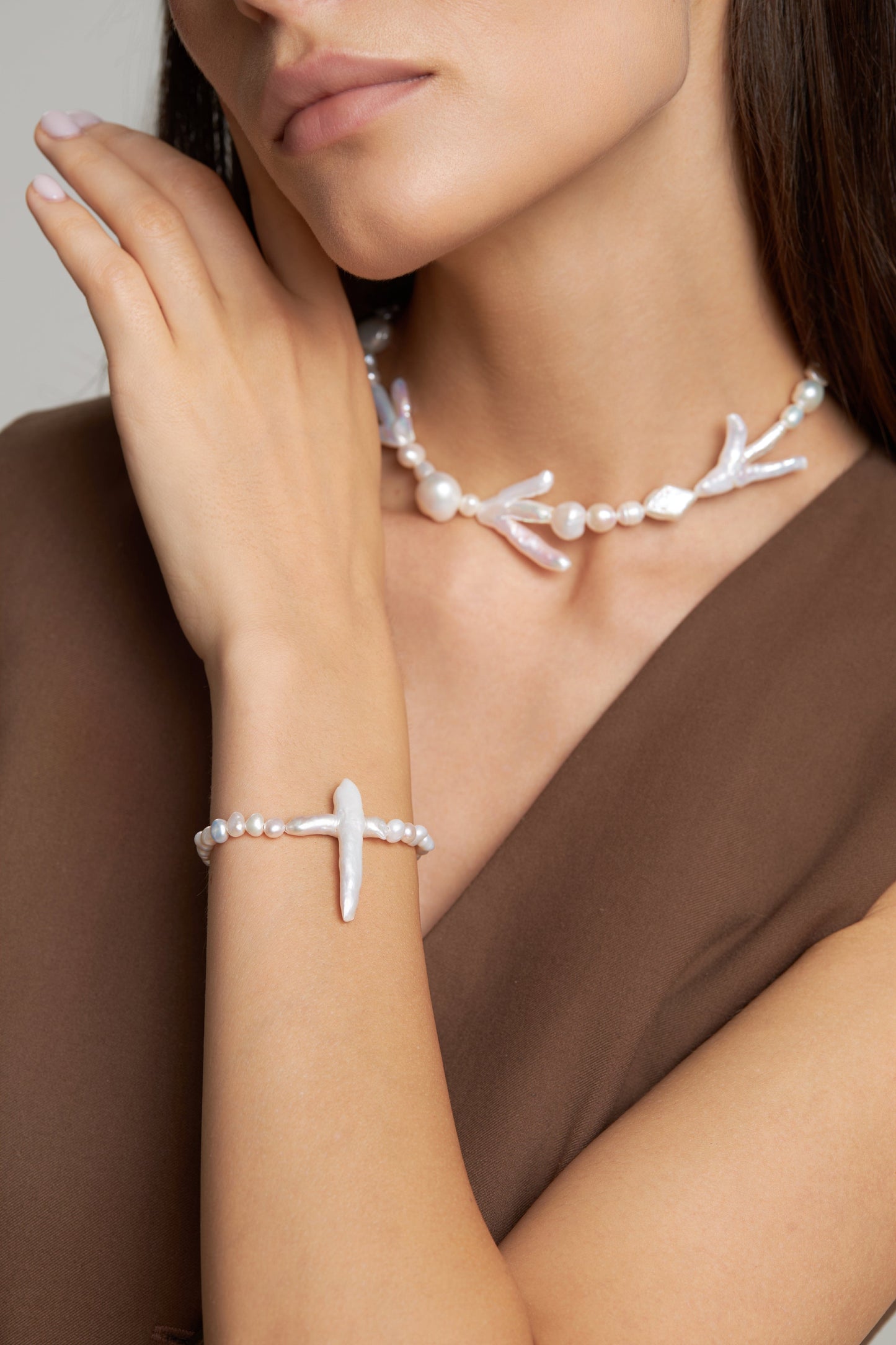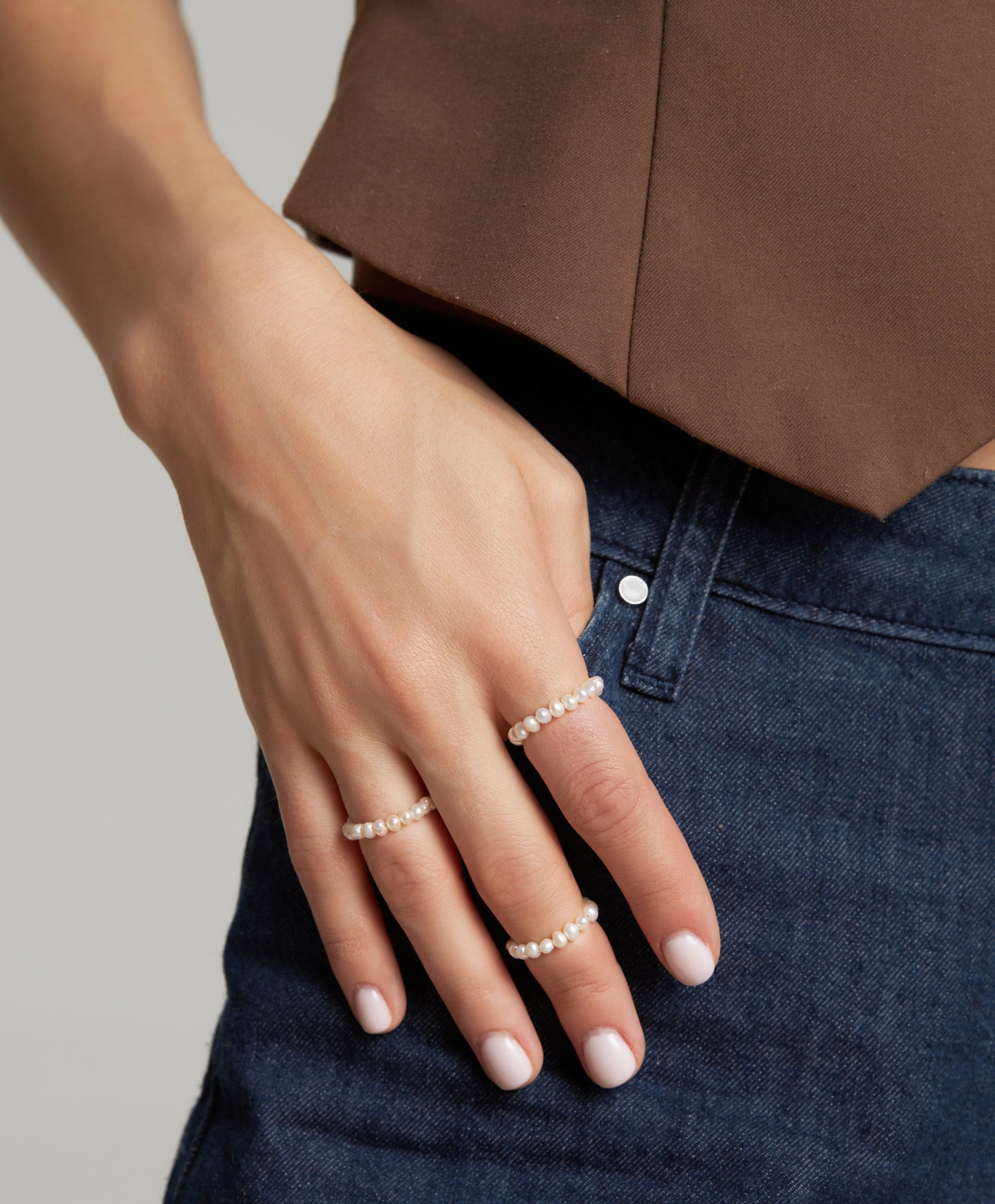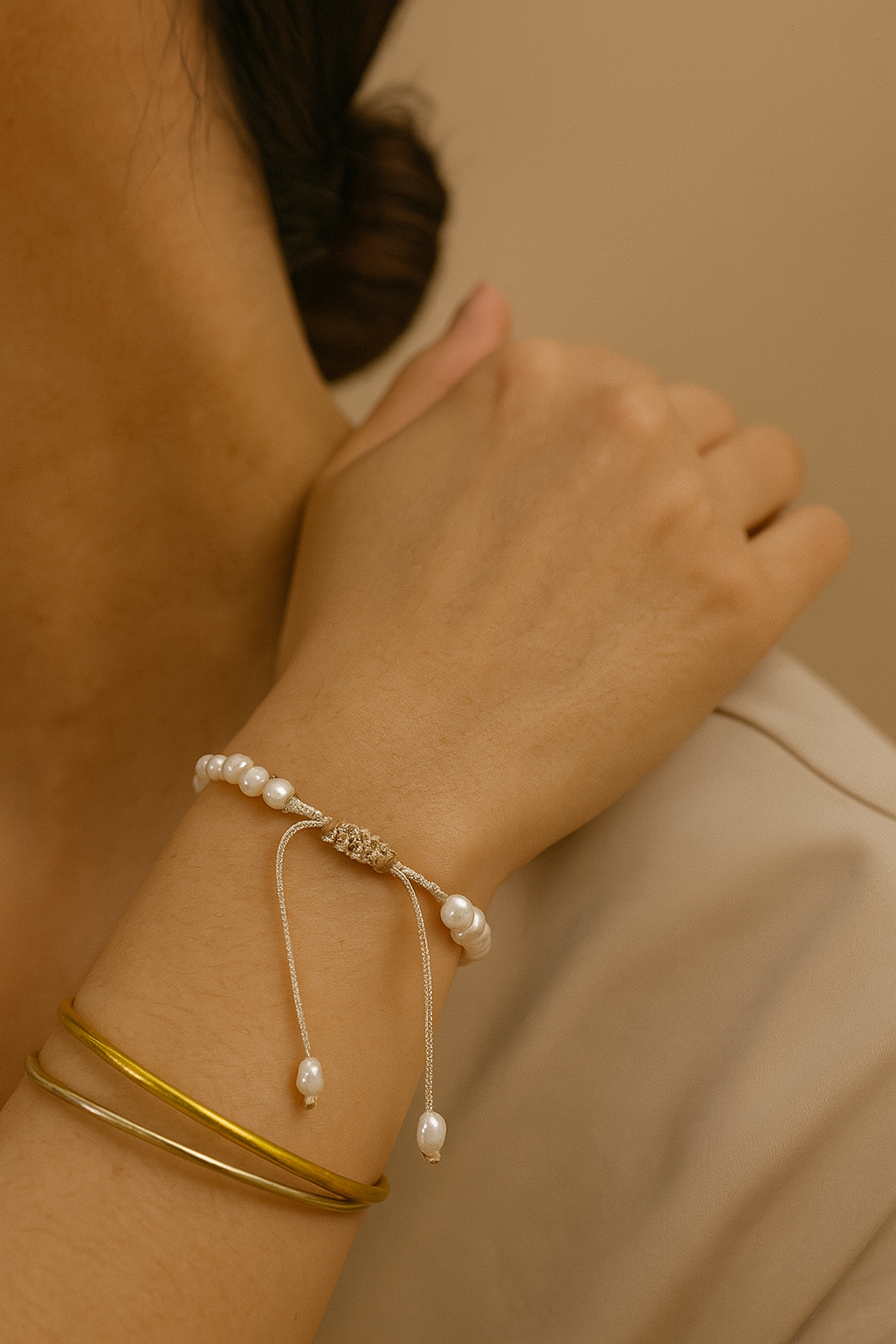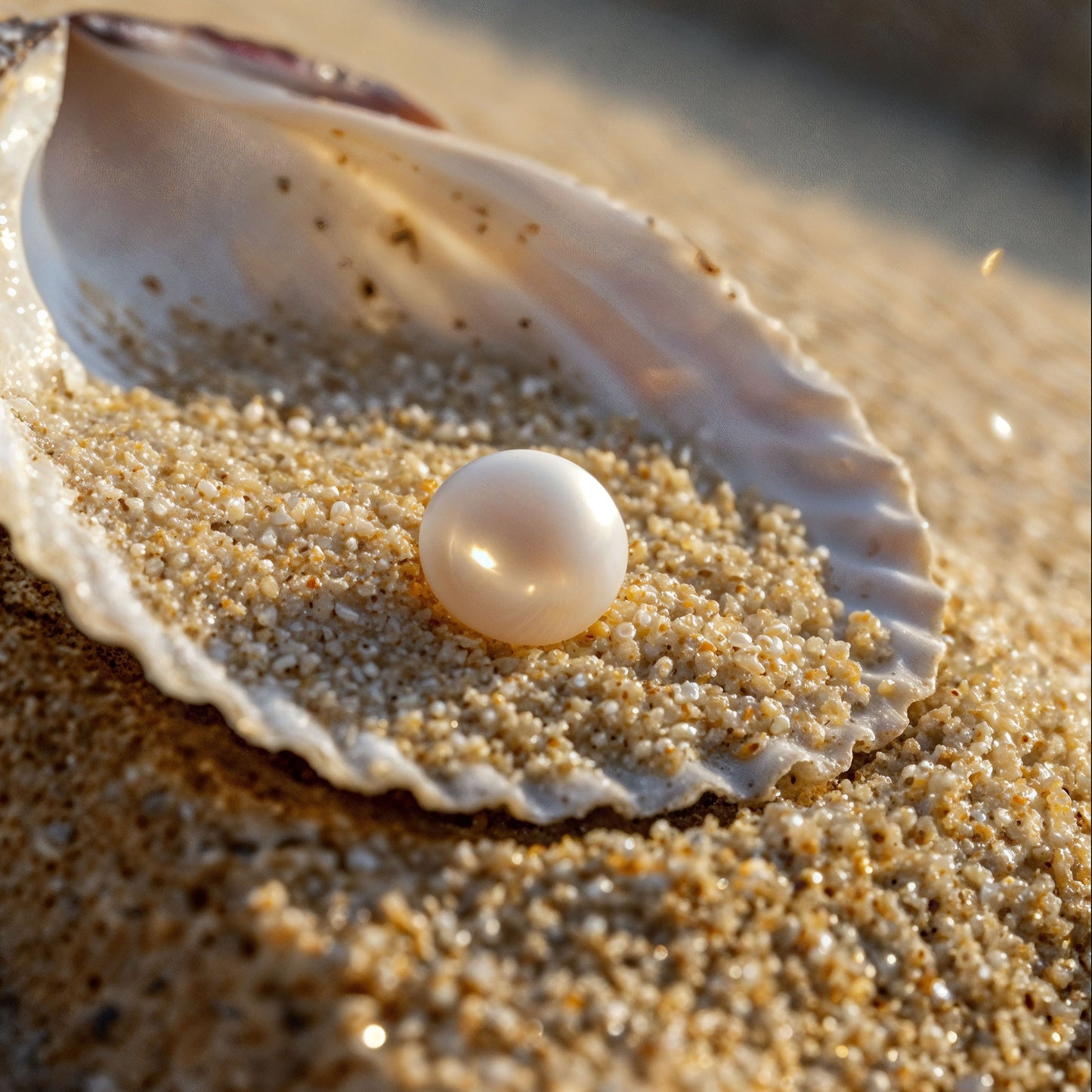
Pearls are among the most fascinating natural gems, with a timeless beauty and a history that stretches back thousands of years. Unlike other gemstones that are mined from the earth, pearls are created by a living organism. In this guide, you’ll discover what pearls are, the difference between natural and cultured pearls, and how the formation process works.
What Is a Pearl?
A pearl is an organic gemstone formed from successive layers of nacre (a combination of aragonite crystals and conchiolin), secreted by the mollusk’s mantle around an intruding particle. This layered, “mineral pastry” structure gives the pearl its unique luster, iridescence, and durability.
Formation time: between 6 months and 2 years, depending on the species, water quality, temperature, and nutrition.
Natural Pearls vs. Cultured Pearls
Natural Pearls
⚫ Form spontaneously in the wild, without human intervention.
⚫ Extremely rare: only about 1 in 10,000 oysters produces a natural pearl.
⚫ Today, almost non-existent in the jewelry market due to pollution and overharvesting.
Cultured Pearls
⚫ 100% natural material, entirely made of nacre.
⚫ The process is assisted: technicians insert a nucleus or a tiny piece of mantle tissue into the mollusk, which then coats it with nacre layer by layer.
⚫ Over 90% of natural pearl jewelry available today comes from cultured pearls.



Special Types of Pearls
⚫ Keshi pearls – formed without a nucleus, often as a by-product of pearl cultivation. They are made entirely of nacre and are known for their exceptional luster.
⚫ Mabé pearls – half-pearls grown against the inside of the shell, with a flat back and domed front, perfect for earrings and pendants with volume.
The Formation Process
Whether natural or cultured, pearls are created through a biological phenomenon called biomineralization:
1️⃣ An irritant enters the mollusk’s body.
2️⃣ The mantle secretes microscopic layers of aragonite, bound together with conchiolin.
3️⃣ Layer after layer builds the pearl’s deep luster and durability.
Pearls are a rare combination of biology and natural artistry. Whether we’re talking about natural pearls extremely scarce or cultured pearls widely available and versatile their beauty is unmistakable. Unique forms such as Keshi and Mabé pearls highlight nature’s creativity and the versatility of this organic gemstone.
👉 Want to learn more about pearl types and the regions where they grow? Don’t miss the next article in our “Essential Pearl Guide” series.
